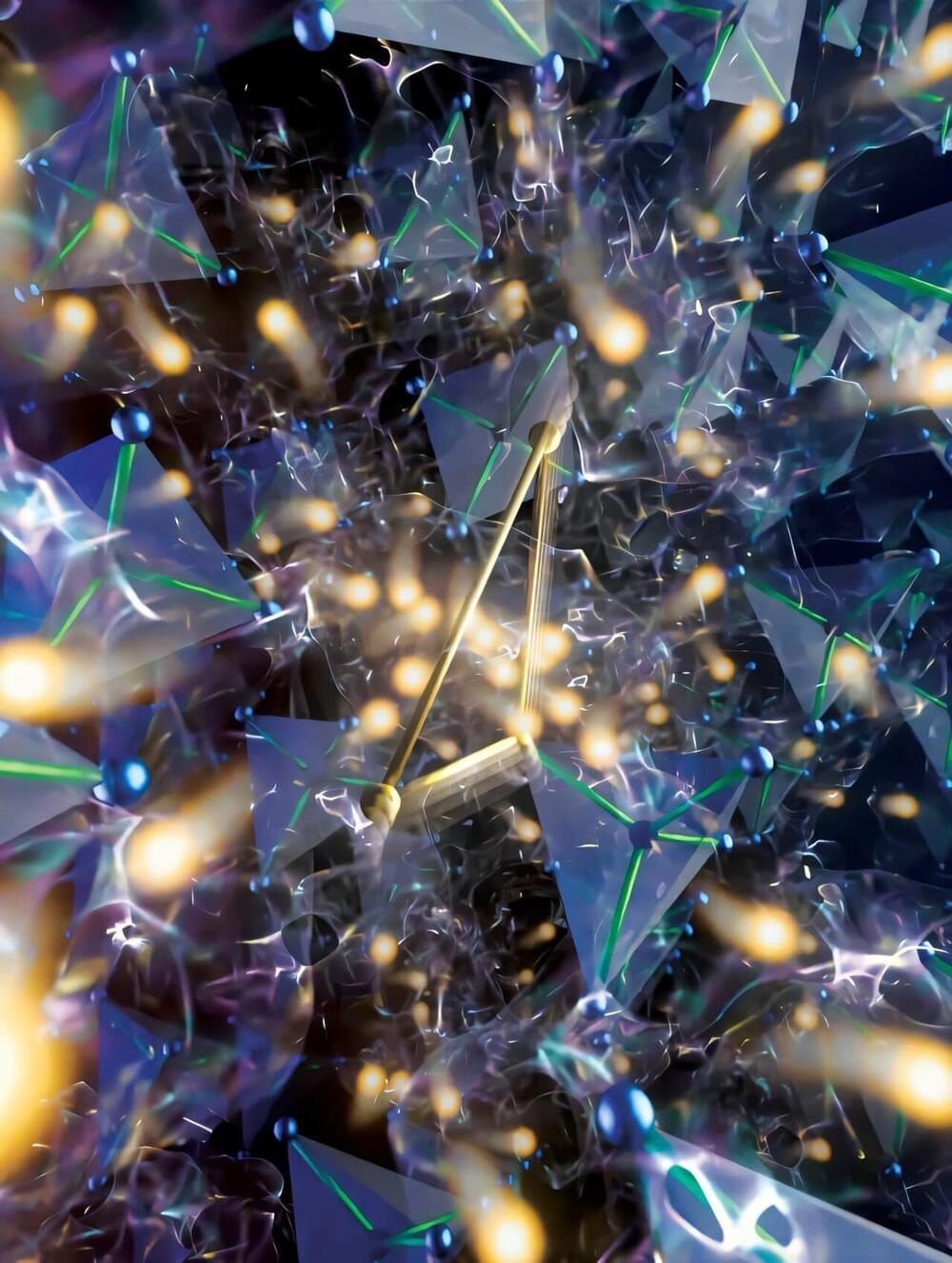Researchers at Duke University have uncovered the molecular inner workings of a material that could underpin next-generation rechargeable batteries.
Unlike today’s popular lithium-ion batteries that feature a liquid interior, the lithium-based compound is a solid at operational temperatures. But despite its rigid interior structure, charged ions are still able to quickly travel through, making it a “super ionic” material. While researchers have been interested in this compound for some time, they have not known how lithium ions are able to pass through its solid crystalline structure so easily.
The new results answer many standing questions, showing surprising liquid-like behavior at the atomic level. With these insights in hand, as well as the machine learning models used to obtain them, researchers are set to explore similar recipes to solve many of the field’s long-standing challenges.
